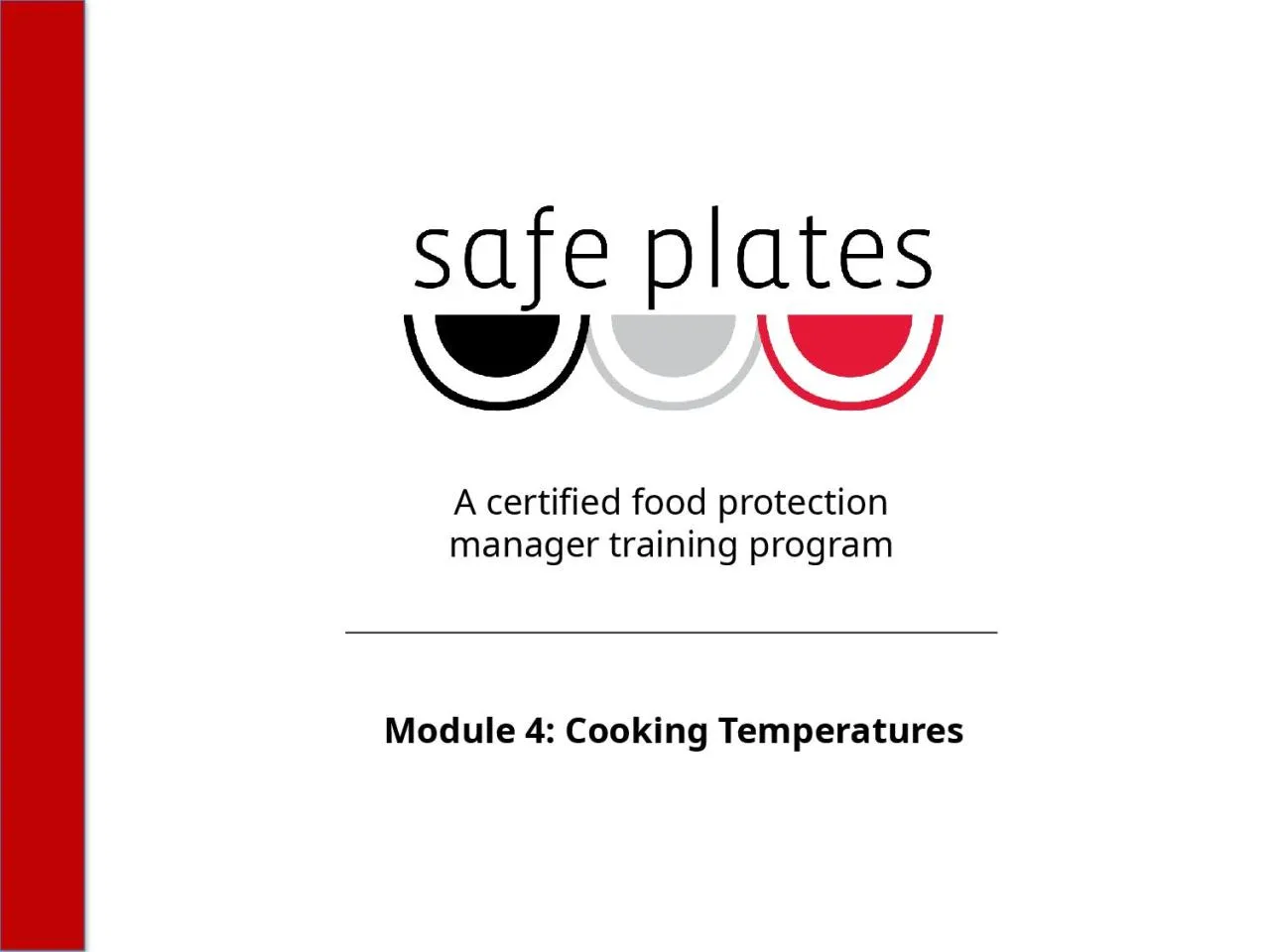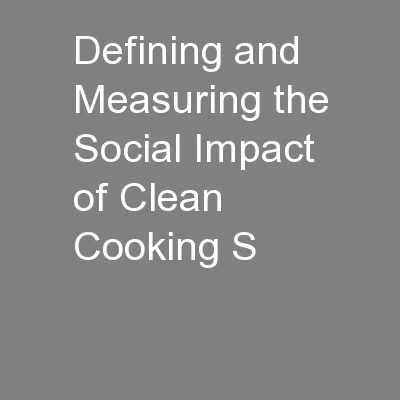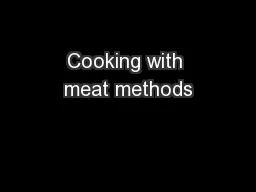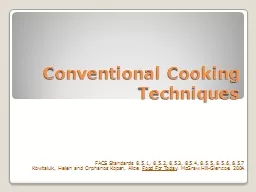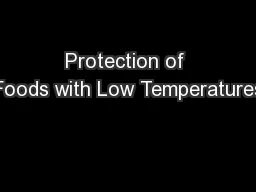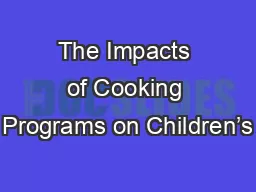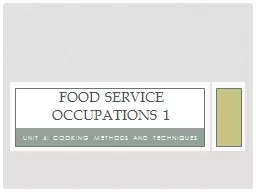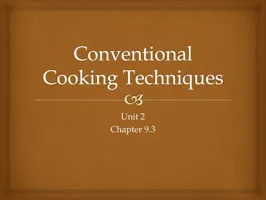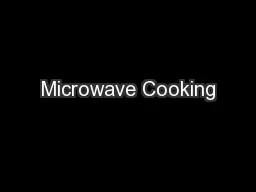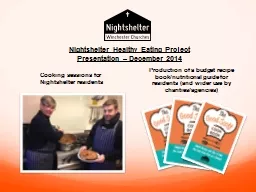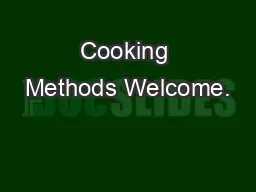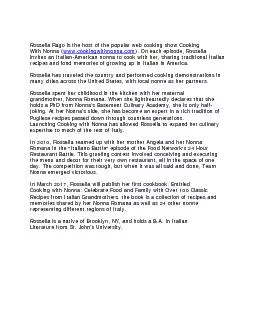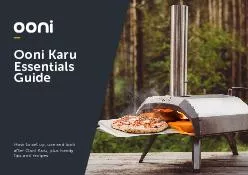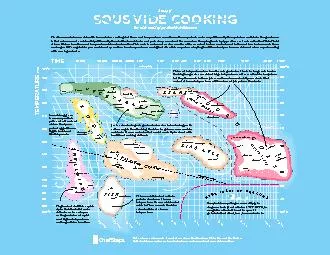PPT-Module 4: Cooking Temperatures
Author : freya | Published Date : 2022-06-07
The Story 12 Sick One Thing in Common What Happened May 2014 Center for Disease Control identified 12 people sick in four different states Seven were hospitalized
Presentation Embed Code
Download Presentation
Download Presentation The PPT/PDF document "Module 4: Cooking Temperatures" is the property of its rightful owner. Permission is granted to download and print the materials on this website for personal, non-commercial use only, and to display it on your personal computer provided you do not modify the materials and that you retain all copyright notices contained in the materials. By downloading content from our website, you accept the terms of this agreement.
Module 4: Cooking Temperatures: Transcript
Download Rules Of Document
"Module 4: Cooking Temperatures"The content belongs to its owner. You may download and print it for personal use, without modification, and keep all copyright notices. By downloading, you agree to these terms.
Related Documents

